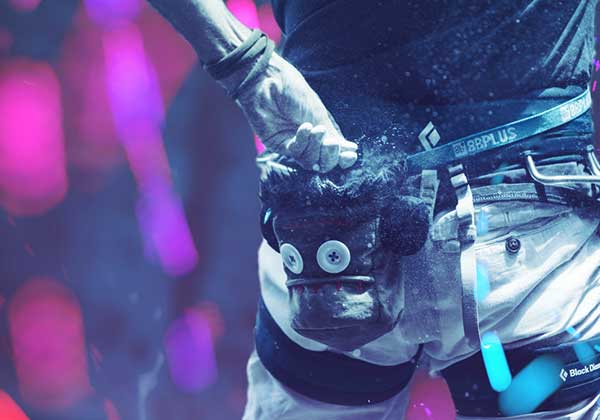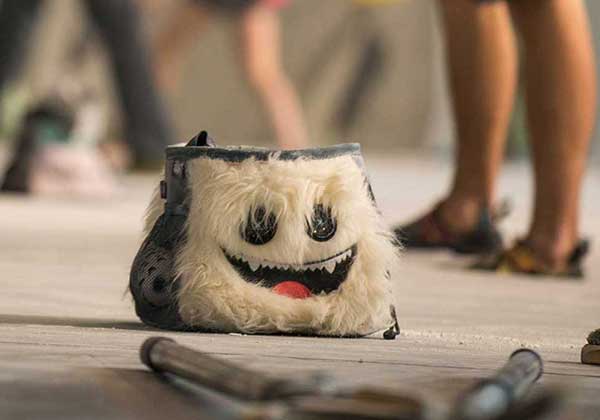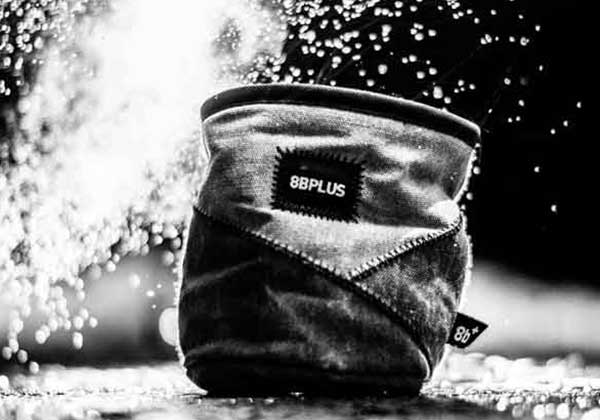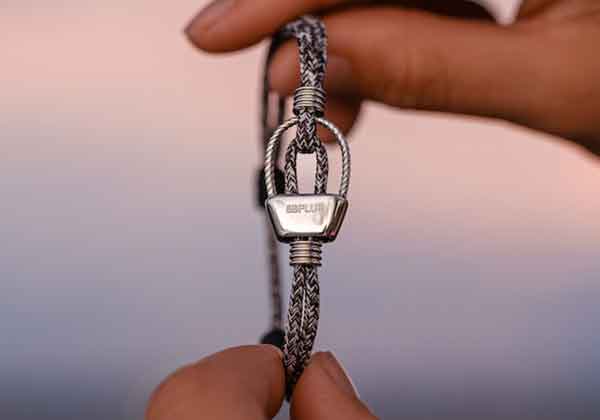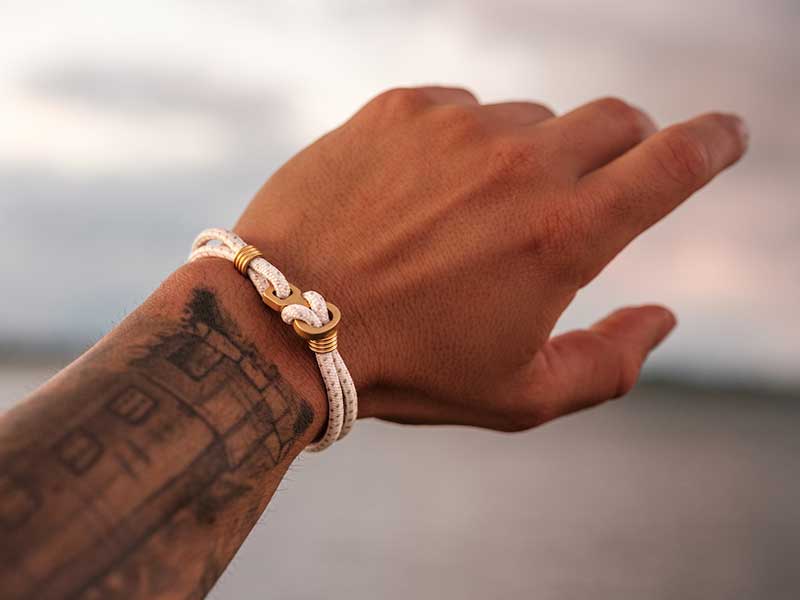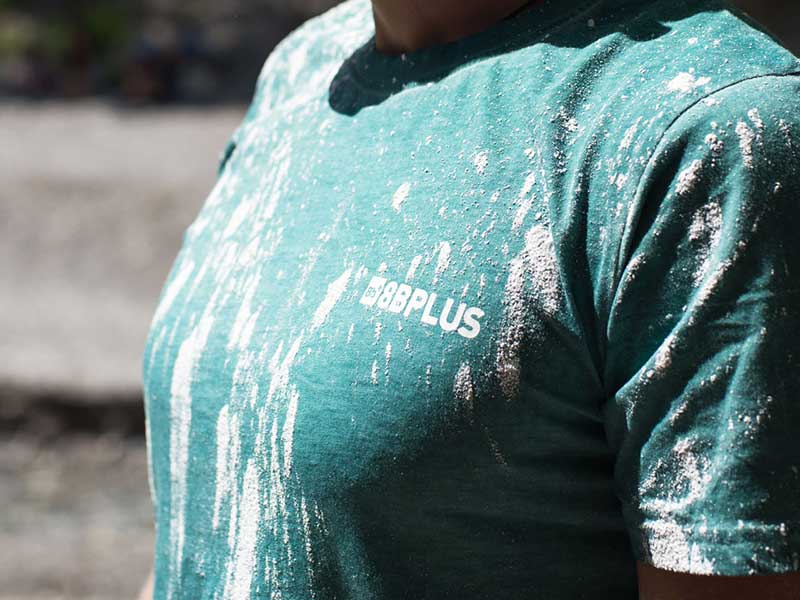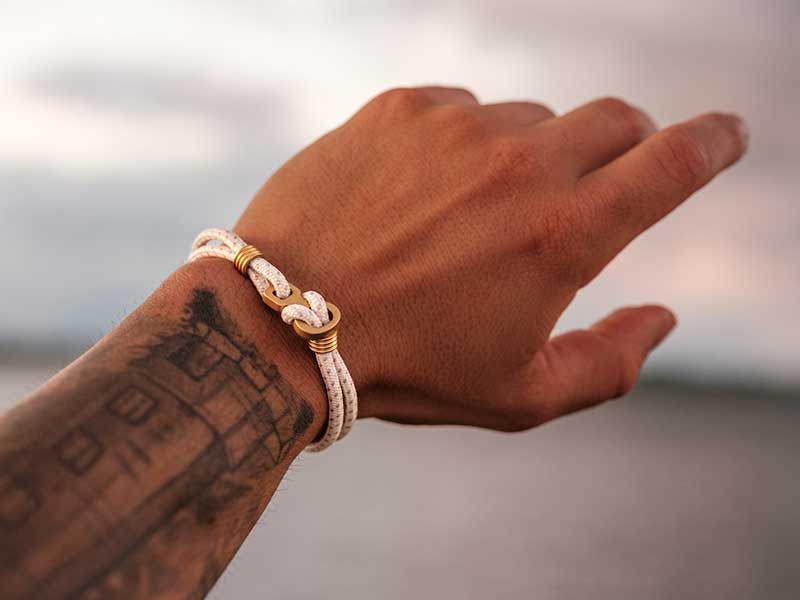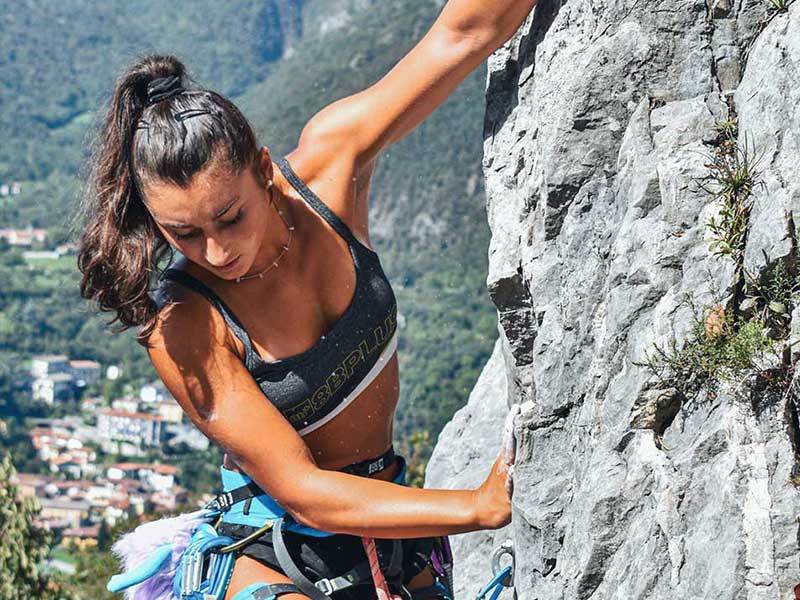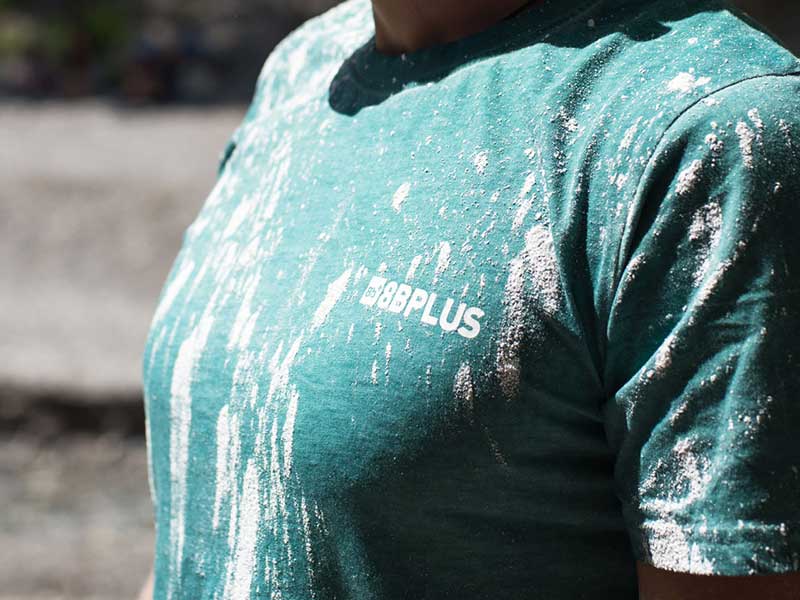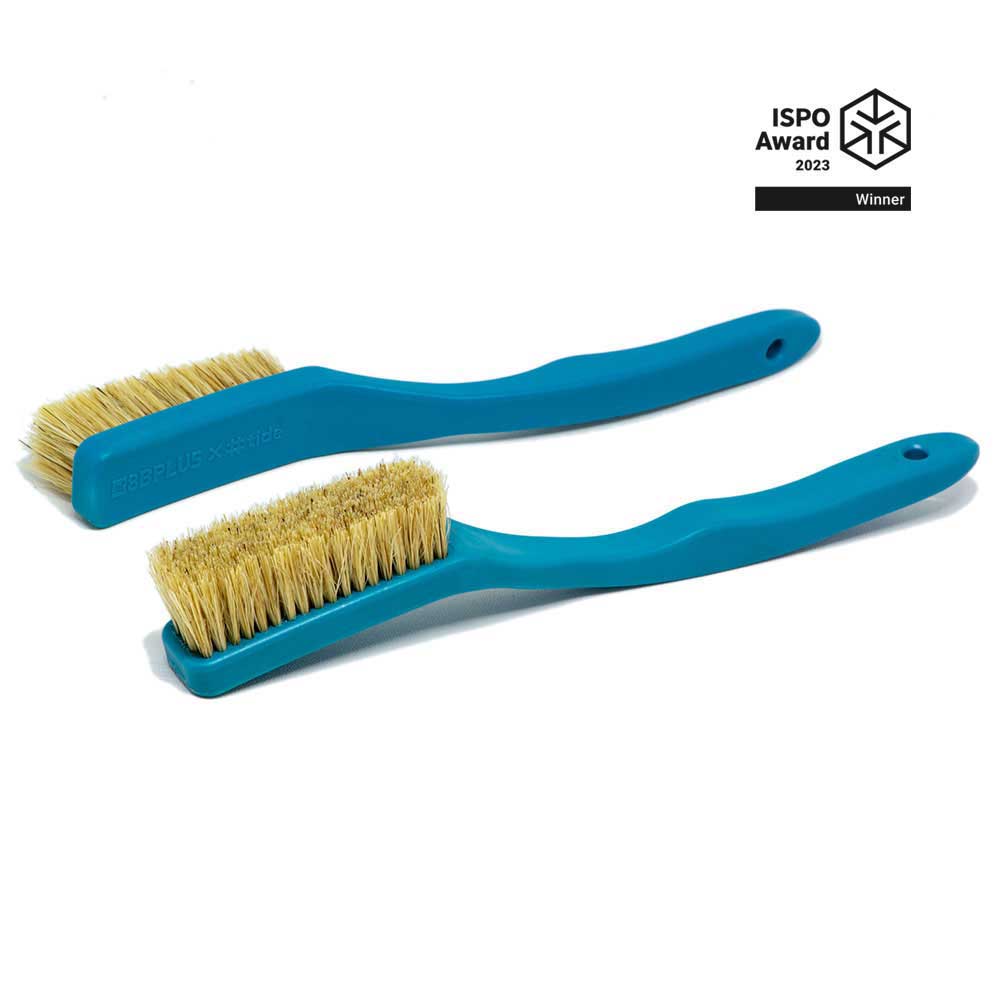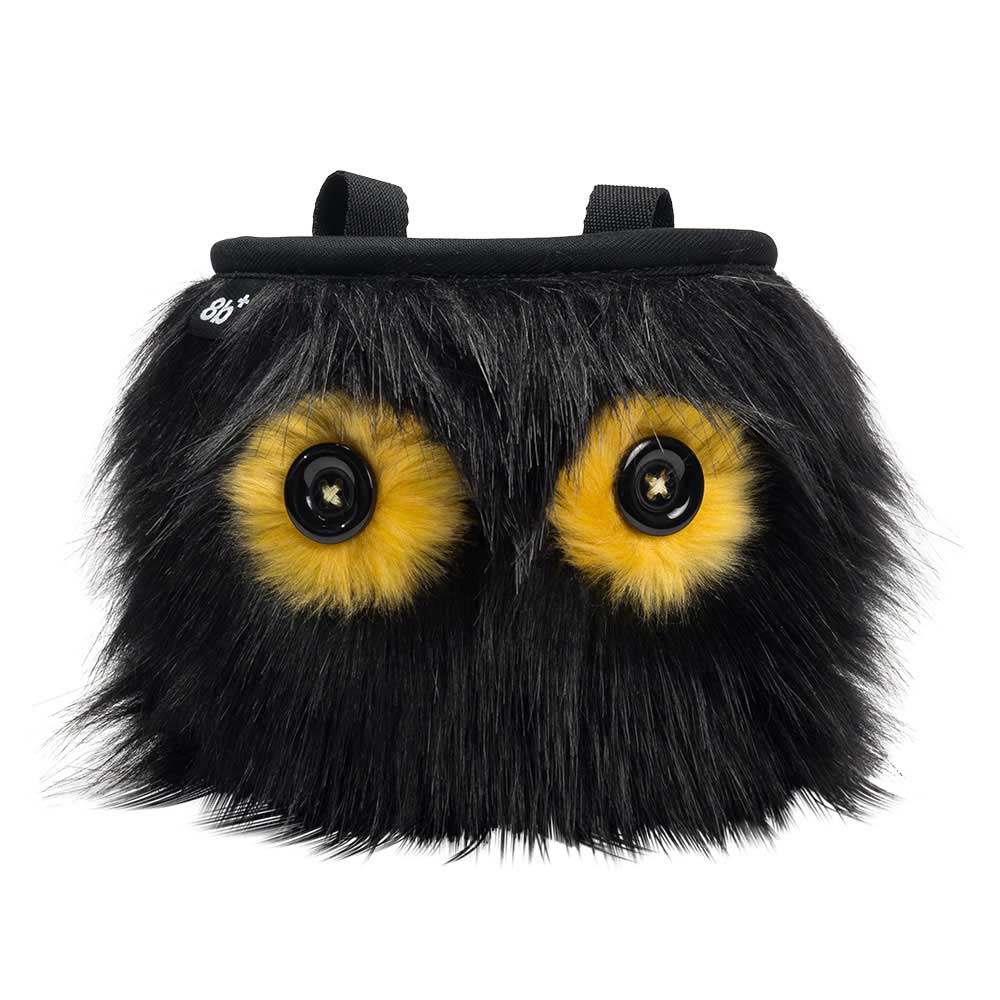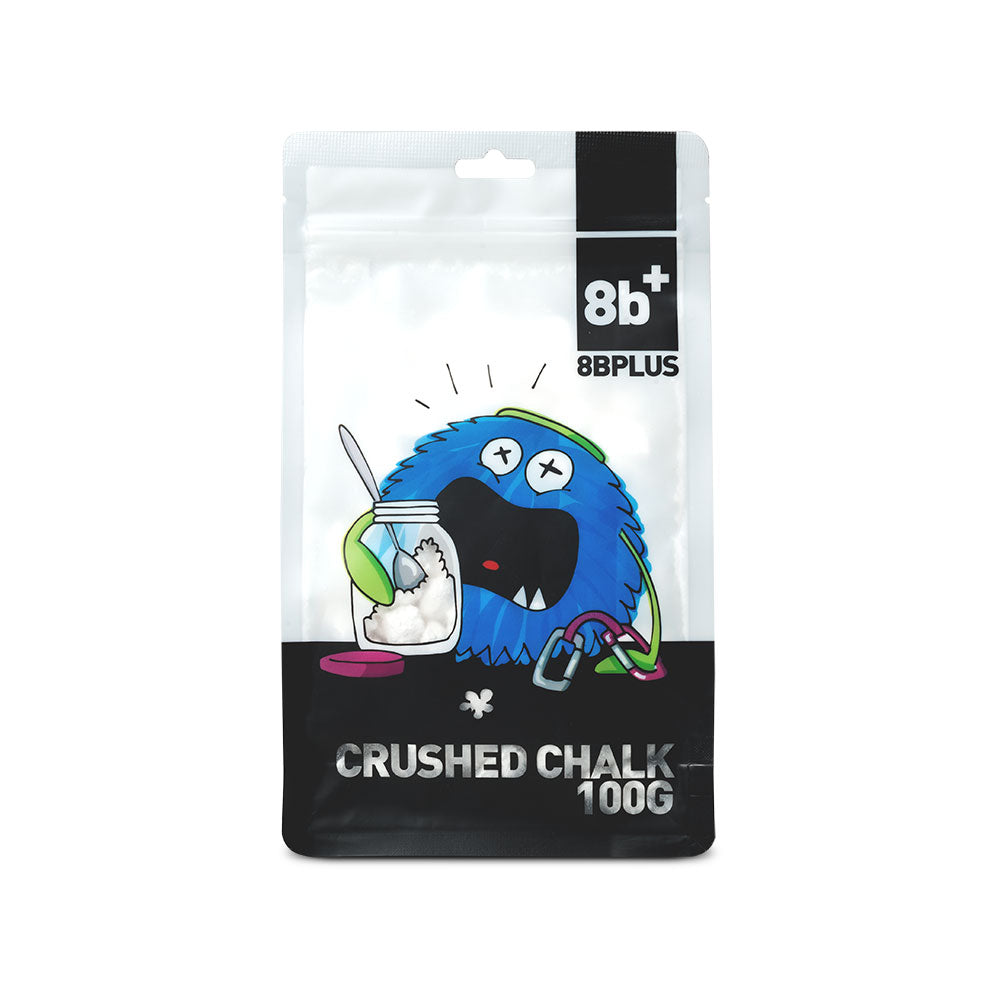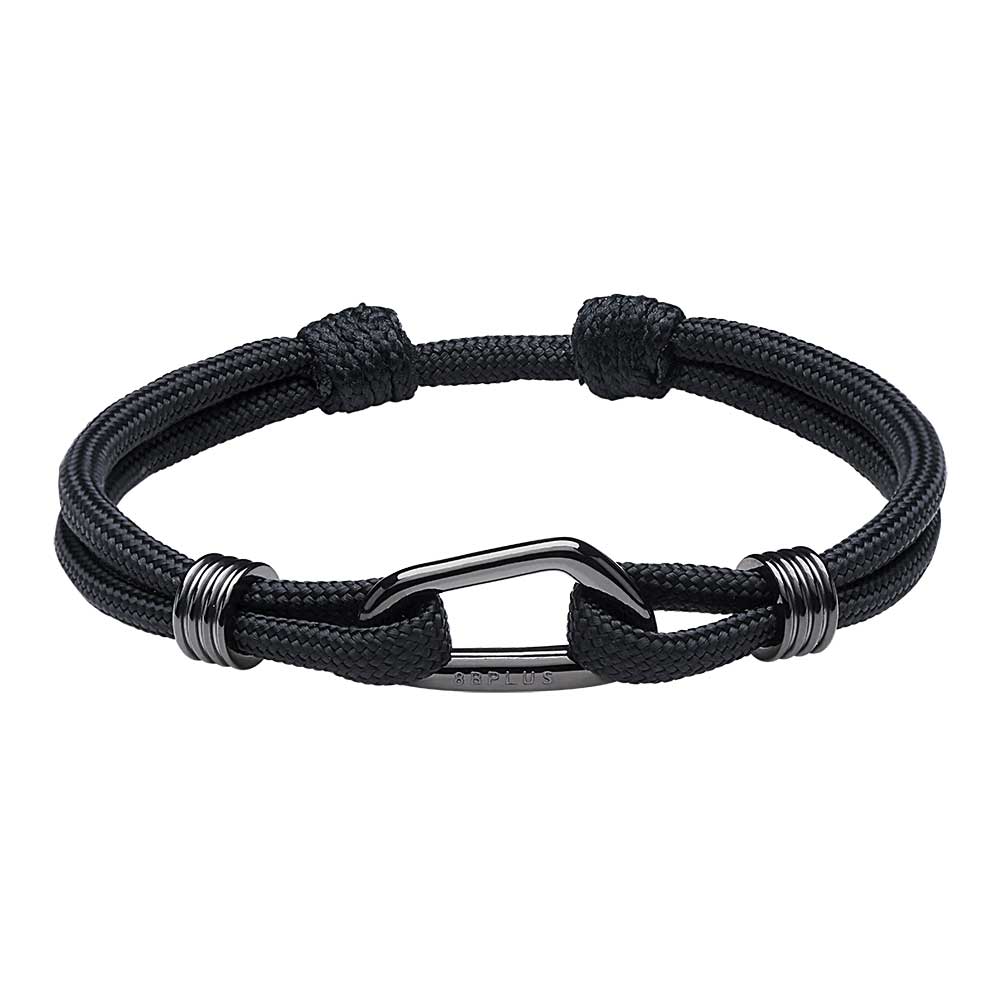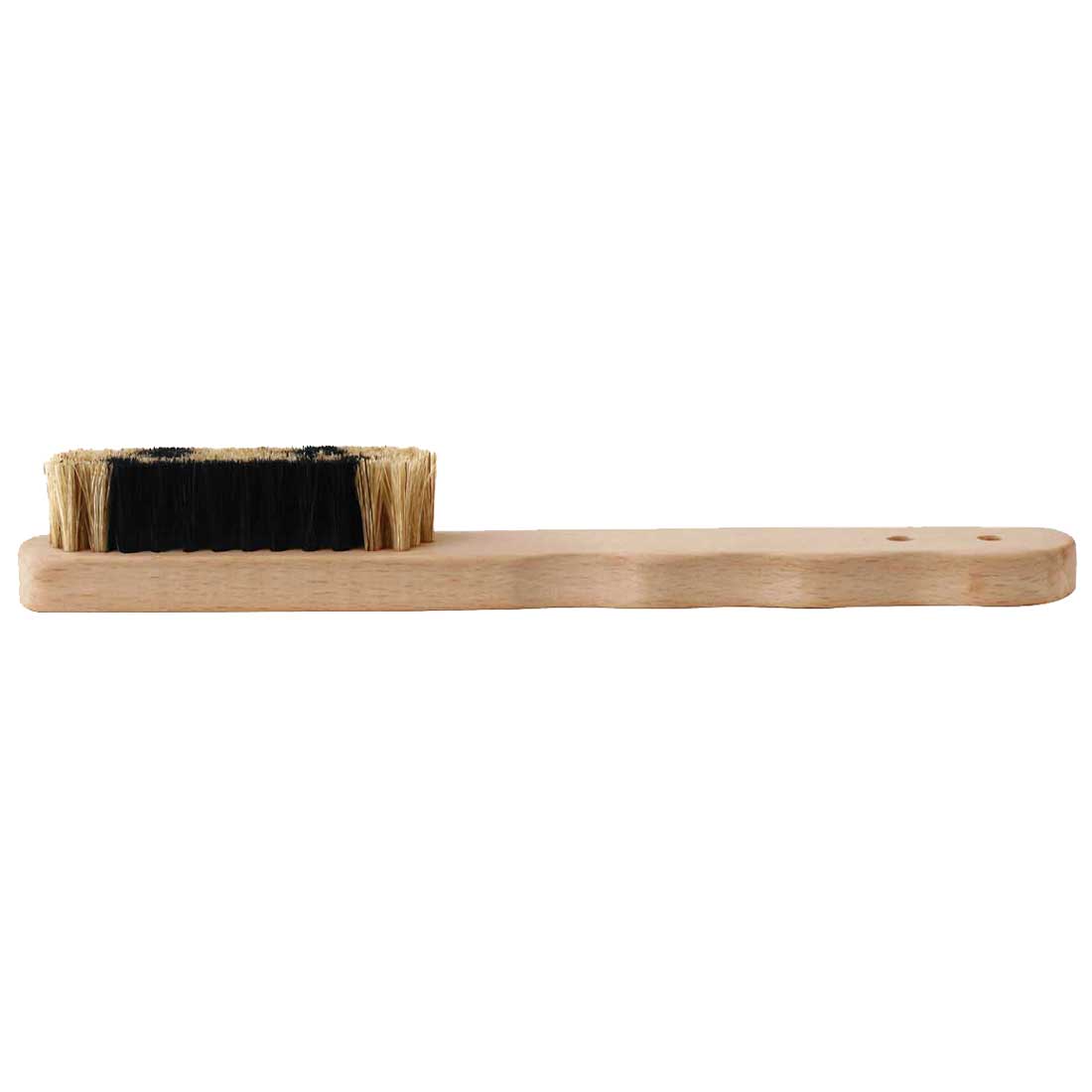
Body by Bruno Part 3: How to Train Biceps for Climbing
Welcome back to another edition of Body with Bruno! Today we are going to talk about my favorite way to train: all biceps baby! Biceps not only make you look amazing, but they are incredibly valuable on the wall. Most noticeably, we engage our biceps when underclinging. But many of the pulling movements we perform on the wall also utilize the biceps in one way or another.
As much as I want to tell you that you can spend all day doing bicep workouts, unfortunately, you can’t. You’ve probably heard it before but climbing is almost always going to be the best training for climbing. Peppering in some bicep workouts, however, can help to improve your underclings and pulling strength. So try the exercises below sparingly!
Gunderclings!
Gunderclings is a workout of my design. The goal of this exercise is to isolate the bicep while climbing. To perform a gundercling, locate a downturned jug on the wall. Preferably this jug is in the middle of a climb and is facing directly downward so it can be used by either hand. Complete the climb but on each move, pull to the next hold and lock-off for 3 seconds before moving. Drop down and do the same climb again, ensuring to switch hands for the undercling. Then rest for 3-5 minutes
Hammer Curls
Hammer curls are an excellent exercise for climbers and non-climbers alike. And I’ll be honest, this isn’t exactly biceps… I like hammer curls as a climber because they target the brachioradialis. The brachioradialis is the muscle that connects the upper arm to the forearm and is often overlooked in climbing training. A strong brachioradialis essentially allows you to get more out of your climbing by increasing your pulling force! Simply pick a weight at which you can complete 6 repetitions for 3 sets.
Reverse Grip
Again, I’m cheating a bit because the reverse grip doesn’t directly target the biceps. But trust me when I say performing exercises like preacher curls that utilize a reverse grip (palms down) will improve your climbing strength. The reverse grip specifically targets the brachialis which is the muscle that connects the bicep to the tricep. By performing reverse grip exercises, you will find that you are better able to control your movement on the wall.
Biceps are not generally considered to be a “climbing muscle,” whatever that means. But the biceps’ whole deal is to provide arm flexion. And I don’t just mean flexing! The bicep is responsible for a huge amount of the pulling that we do on the wall. So give some of these workouts a try and let ol’ Bruno know how it goes!

